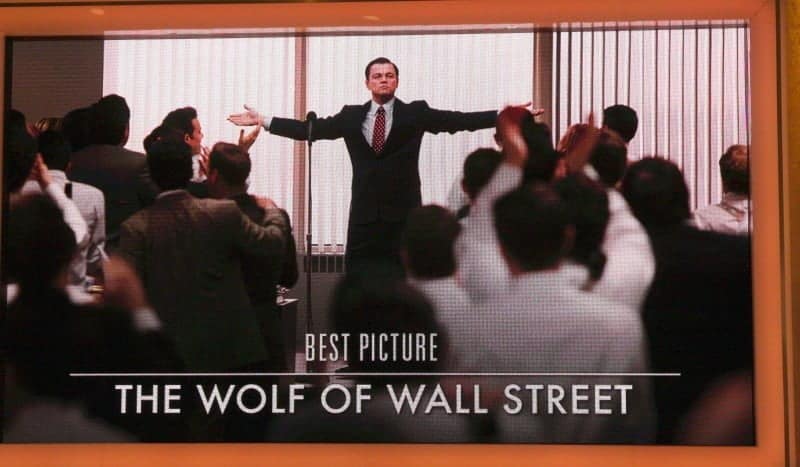It’s all about supply and demand
In Martin Scorsese’s biographical black comedy film The Wolf of Wall Street (2013), Leonardo DiCaprio plays a stockbroker of dubious morals. In one of the scenes he plays a motivation speaker talking to an audience who have come to learn how to sell. In order to show them how sales works, DiCaprio pulls out a pen and going around the room, thrusts it in their faces, one by one, with the instruction “Sell me this pen.”. As each one takes the pen from him, they fumble through a sales pitch: “It’s an amazing pen, for professionals. It’s a…” DiCaprio grabs the pen impatiently and gives it to the next guy. “It’s a nice pen. You can use this pen to write down your thoughts from…”. Next feeble attempt: “Well, this pen works and I personally love this pen…”. They just don’t get it.
Table of Contents
ToggleIn another scene with a group of experienced hustlers, one of them demonstrates how it’s done. He asks DiCaprio “Do me a favour – would you write your name on that napkin for me?”. DiCaprio “I don’t have a pen”. Hustler: “Exactly. Supply and demand, my friend.”.
Forgetting the big picture
We in IT are often so obsessed with the technical details of our solutions that we forget the big picture. Or can’t draw it. Just as the rookies in the first scene focus of the characteristics of the pen rather than the need for it, we tend to focus on stuff like functionality, availability and performance. We forget why somebody wants it and how it’s going to help them. Let alone why they should want it now. From an impatient executive’s point of view, he or she only wants to know how your stupid IT solution is going to affect the bottom line. Is it going to reduce the cost of business operations or lower capital expenditure? Is it going to contribute to more sales, for instance by opening up more sales channels? Is it going to keep both sales and prices high by improving customer experience and therefore loyalty? Is it going to generate new products and services by enhancing the innovative capabilities of the enterprise? Cheaper business, more business, better business, different business. Or any other issue that threatens their status, bonus or career prospects. That’s what matters.
Get the translation right
How do you bridge the gap? First make sure that you understand both their business and personal agendas. Then translate your solution into their world. A server consolidation could be about lower CAPEX (capital expenditure) or OPEX (operational expenditure). If it also leads to better reliability there will be fewer disruptions to IT services, therefore not only less business productivity loss but also improved customer experience, therefore better loyalty, therefore fewer customers lost to competitors, therefore sustained sales and the good prices that loyal customers are prepared to pay. Another example. DevOps. Because DevOps speeds up deployment of changes you can confidently state the case that – depending on the nature of what is being deployed of course – the business will achieve cheaper, more, or different business quicker. DevOps also ensures solid operations, so the same customer loyalty and productivity benefits mentioned in the server consolidation example, apply here as well. Sure, it’s sometimes stretch and there’s never 100% causality but if it’s plausible, they’ll get the message. They’ll be able to justify the investment both to other stakeholders and most importantly, to themselves.
Establish trust
And by the way, it helps if they trust you. So work on the relationship before you even think about the transaction.
So next time that you’re struggling with ‘selling’ your great IT initiative, think about demand and outcomes rather than features and outputs. “Sell me this IT!”
“Sell me this pen” scenes on YouTube
- The Wolf of Wall Street – Ending Scene [starts at 02:15]
- The wolf of wall street – Recruiting scene [starts at 02:05]





